5 Impressions about Robotics From the DARPA Robotics Challenge

Posted on Jan 16, 2014 2:08 PM. 3 min read time
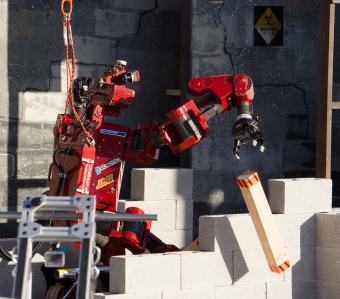 Back home from the DARPA Robotics Challenge Trial in Florida, I sat in front of my computer trying to sort out and pull together all the pictures and videos that I had taken for the guys at Robotiq. While I was cleaning up my files, I pondered some observations about robotic advancement.
Back home from the DARPA Robotics Challenge Trial in Florida, I sat in front of my computer trying to sort out and pull together all the pictures and videos that I had taken for the guys at Robotiq. While I was cleaning up my files, I pondered some observations about robotic advancement.
He are my top 5 impressions about the DARPA Robotics Challenge Trial.
1) Industrial Robots vs DARPA Robots
Robotiq products are used in various industrial environments. I'm used to seeing our Robotic Grippers installed on the many different kinds of industrial robots that are available on the market. Often, the robot used is overkill for the application to ensure that it is fast, strong and accurate. For the competition, however, the robots must move and be as independent as possible, which requires them to be at the limit of their capacity. So these robots were rather slow, weak and imprecise. As said by Gill Pratt, DARPA program manager: “We know the robots are slow and unsteady at this point—they’re much like a one-year-old human in terms of locomotion and grasping abilities and much farther behind that in brainpower.” Hence, we are far from the robots depicted in sci-fi movies, but I can't wait to see the leap that will be accomplished by next year!
2) Thinking Outside the Box
In the world of robotics - as in most technological development - a recurring question is how to get out of paradigms? How to continually achieve thinking outside the box? I believe that DARPA has found a winning formula by establishing a competition to achieve a given goal. Indeed, competition between teams generates more ideas and allows different teams to try different approaches. For example, at the generic task of climbing a ladder, we have seen a robot relying only on its feet, a second, grabbing the stairs, another taking the ramp and even another going up backwards.
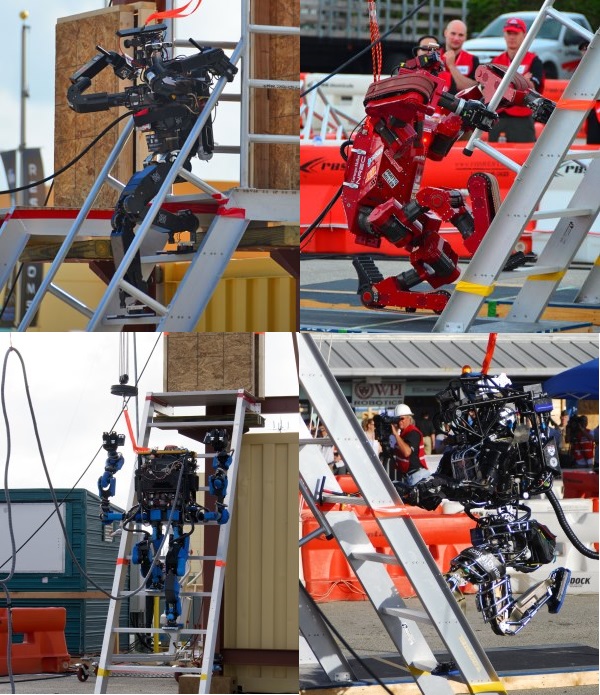
3) Robotics is a Small World Becoming Smaller
By visiting the booths present at the event, I talked with people that I met during my graduate studies. I saw, once again, how the world of robotics research is a small community. This is a relatively new field, so the development of different companies in robotics is highly interconnected, especially if you follow the path of the people who work there. With the recent acquisitions by Google, this entanglement will not diminish. Moreover, among the eight teams which accumulated the most points during the competition, six of them are now robots from Google: robot Schaft and five Atlas robots from Boston Dynamics. Only CHIMP and Robosimian will not be a Google robot at the next step in the competition. Or will they be?
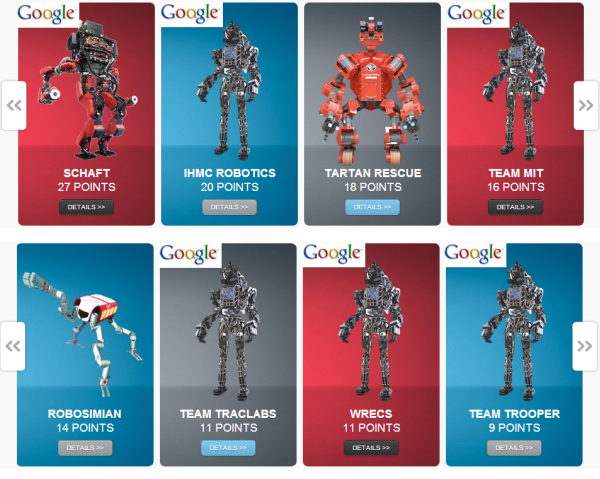
4) Functionality vs Appearance
During the competition, the NASA robot, Valkyrie, was a favorite among visitors. Yet it did not complete any of the stages and therefore accumulated no points. There are effectively two important factors for robots that are intended to be used among society, both of equal value. One from the point of view of the engineer is functionality, and the other is appearance, in order for the robot to be adopted by the public. The appeal of innovation is important, but appearances must still meet the intended purpose. For example, the CHIMP robot has a beautiful appearance and is seen as an advanced machine, however the silhouette of Valkyrie makes it more like something of a colleague.
5) Great Visibility for Robotics
And last but not least, I was pleasantly surprised to meet many families among the visitors. I think the present development of humanoid robotics can be compared to what was in the past the race to the moon: a way to make people dream, to provide young people with a taste to go into the sciences and to provide a sense of pride for what humanity can accomplish when working towards a common goal.


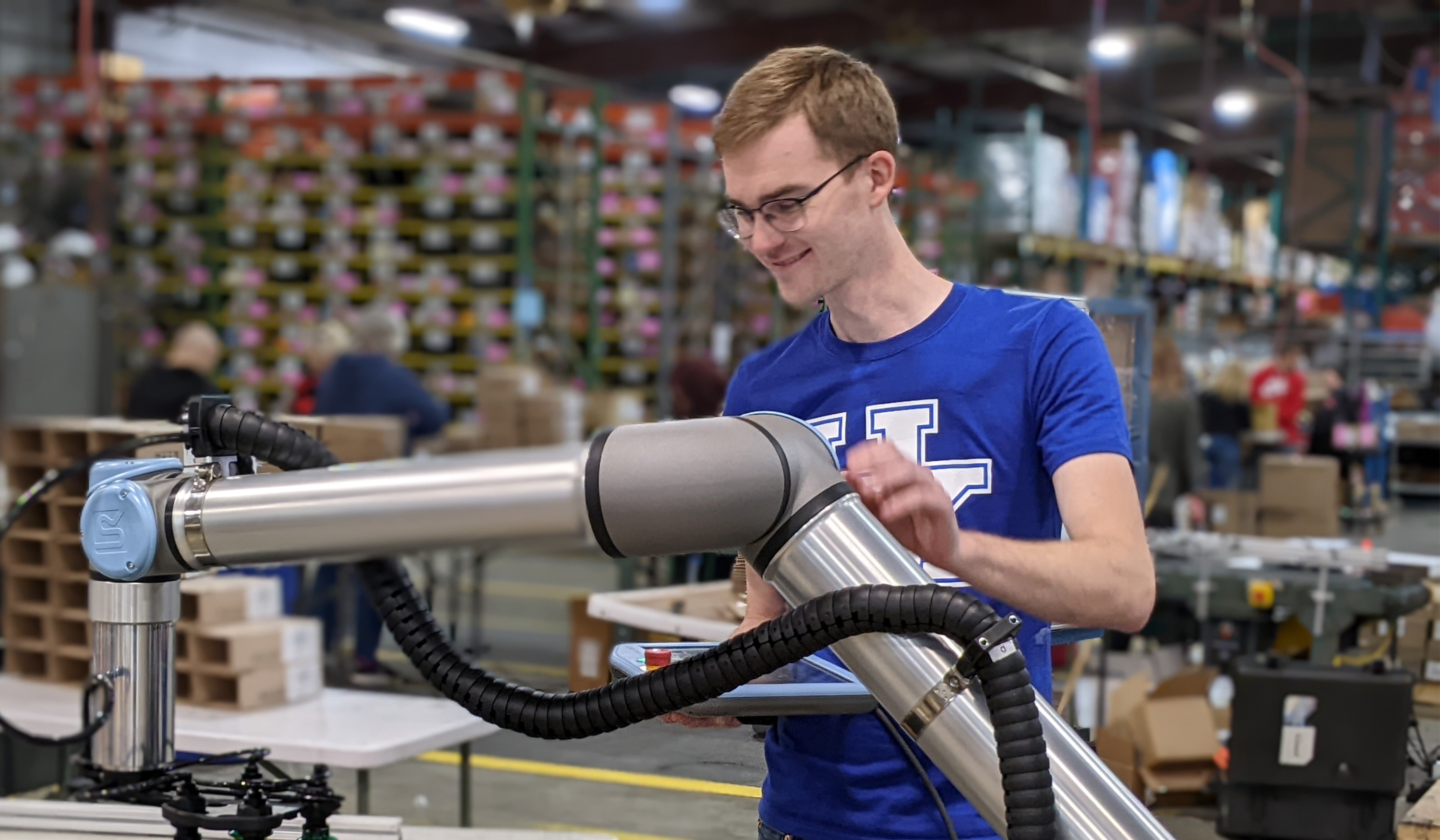

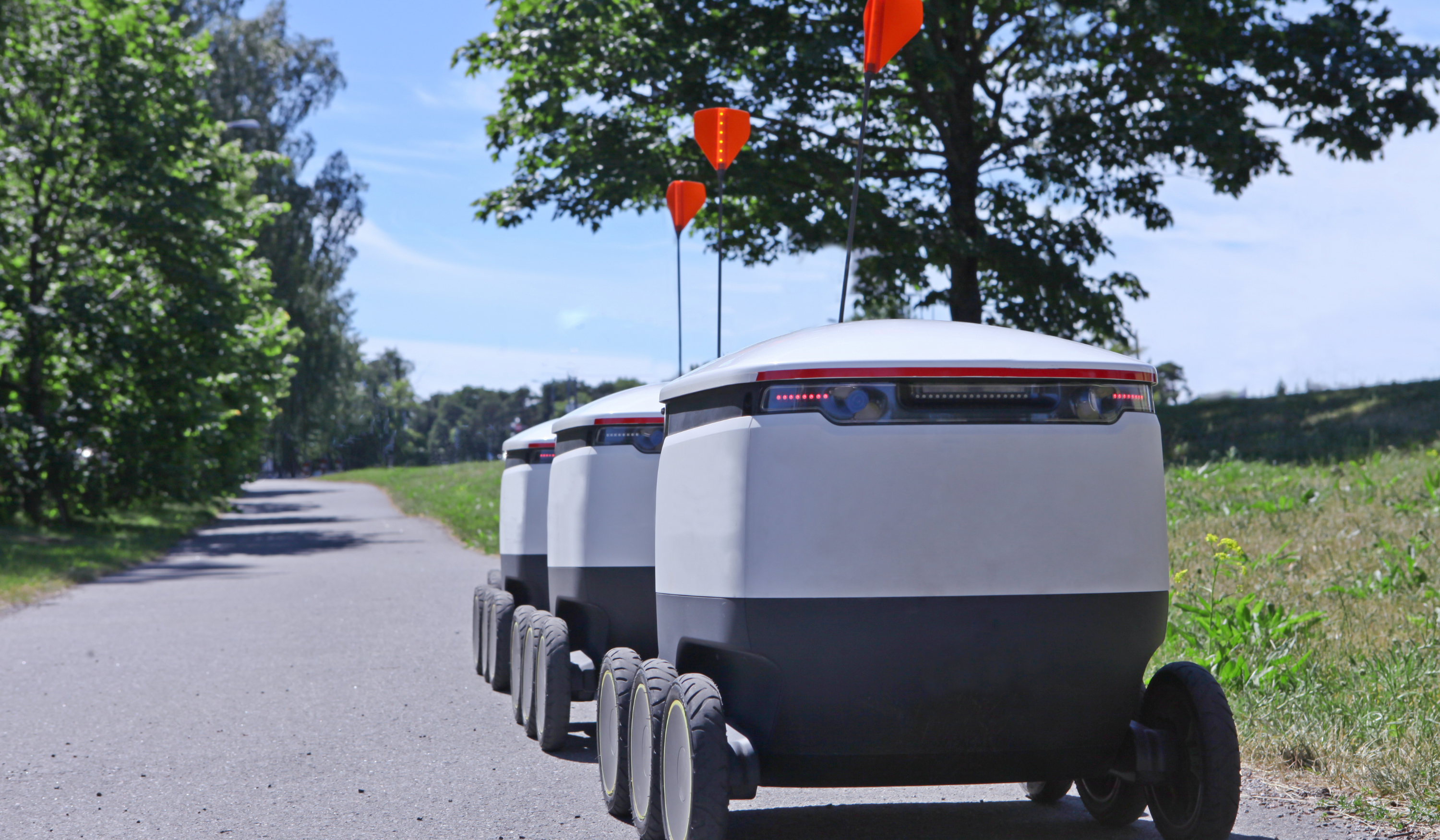
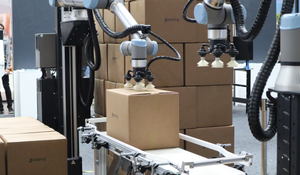

Leave a comment